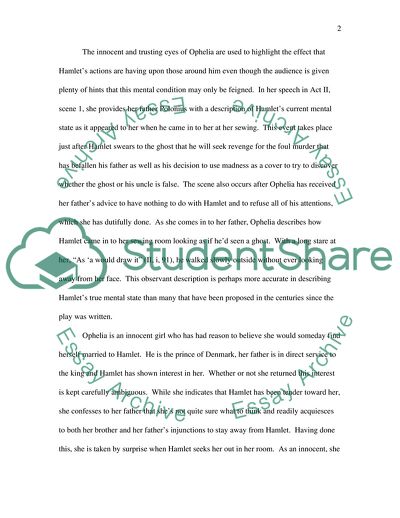Cite this document
(The Complete Pelican Shakespeare: Hamlet Book Report/Review, n.d.)
The Complete Pelican Shakespeare: Hamlet Book Report/Review. https://studentshare.org/literature/1706940-shakespeare-hamlet
The Complete Pelican Shakespeare: Hamlet Book Report/Review. https://studentshare.org/literature/1706940-shakespeare-hamlet
(The Complete Pelican Shakespeare: Hamlet Book Report/Review)
The Complete Pelican Shakespeare: Hamlet Book Report/Review. https://studentshare.org/literature/1706940-shakespeare-hamlet.
The Complete Pelican Shakespeare: Hamlet Book Report/Review. https://studentshare.org/literature/1706940-shakespeare-hamlet.
“The Complete Pelican Shakespeare: Hamlet Book Report/Review”. https://studentshare.org/literature/1706940-shakespeare-hamlet.


